
Filmpac Footage Contributor Program
Want to make money selling footage through a major stock footage platform like Filmpac? This page will walk you through the processs.
Continue ReadingBy Kevin Graham
In any type of interview or voiceover-driven video production, B Roll shots are a critical part of the visual aesthetic. They break up a simple talking head shot or set of graphics, and they keep a viewer’s interest in your edit.
And although you can find world-class B Roll video material on high-end stock footage sites like Filmpac, sometimes it just makes sense to shoot your own.
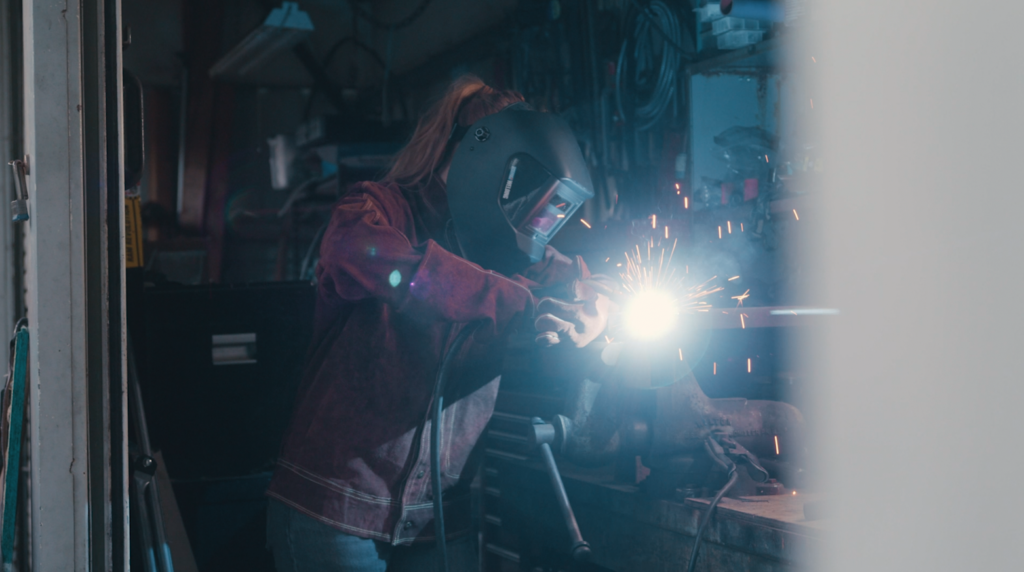
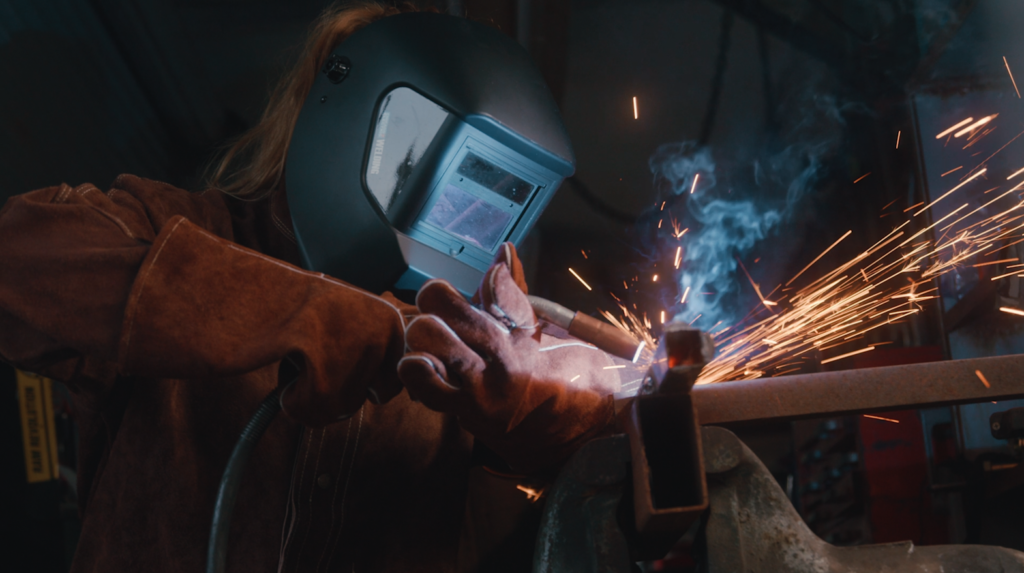
But it can be difficult to keep that engaging, cinematic energy when shooting your own B Roll, especially if the subject matter isn’t the most photogenic.
But if there’s one thing I’ve learned as a filmmaker, it’s that there are ways to make any type of B Roll look good and cinematic.
Whether your location is in a cubicle or on a mountain, we’re going to give you 3 tips to capture cinematic B Roll.
The term “B Roll” comes from the dated practice of classifying main footage, interviews, or dialogue footage as “A Roll” and other supporting alternative footage, cutaways, transitions, and establishing shots as “B Roll”
If your camera has the ability to shoot at a high frame rate, now’s the time to take advantage of it. You’d be amazed at how much more interesting things can look when they’re slower than real time.
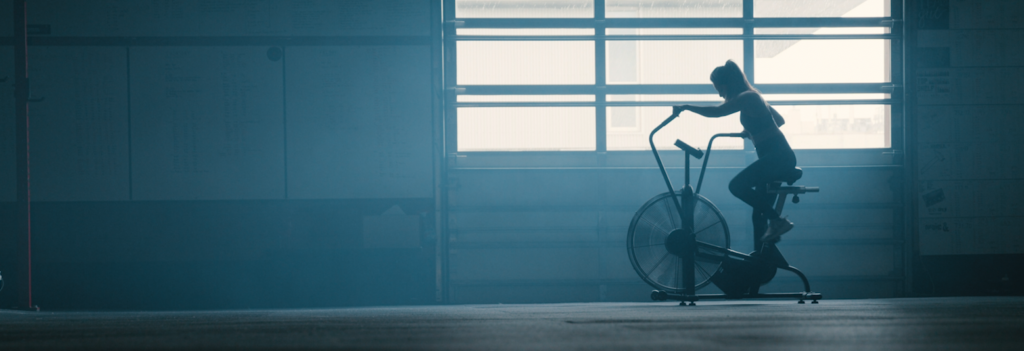
And this goes beyond the obvious things like machinery, athletics, vehicles, etc. Even if you’re filming a corporate meeting or a person walking down a hallway, slowing it down will up your production value and give you more flexibility in the edit.
Some cameras allow you to set a project and sensor frame rate, which means that you can have your footage playback in slow motion right away. Other cameras simply record in real-time, and require you to manually slow the clips down in post. Either way, you can always keep a shot in real time in the edit if you feel it works better that way.
If you’re shooting handheld, you can also get away with a bit more camera movement when the footage is slowed down.
You’ll just want to be aware of your scene’s light sources, as certain types of lights can cause flicker when shooting higher frame rates.
If you shoot everything at the same angle and focal length, you won’t have much to cut between in the edit. This is one of the most common mistakes with new filmmakers when they’re shooting B Roll: it all looks the same.
Whether or not you’ll be editing your own content, you need to be thinking like an editor on set. That means grabbing wide, medium, and tight shots for basically everything you film, and constantly mixing up your angles (and even lenses).

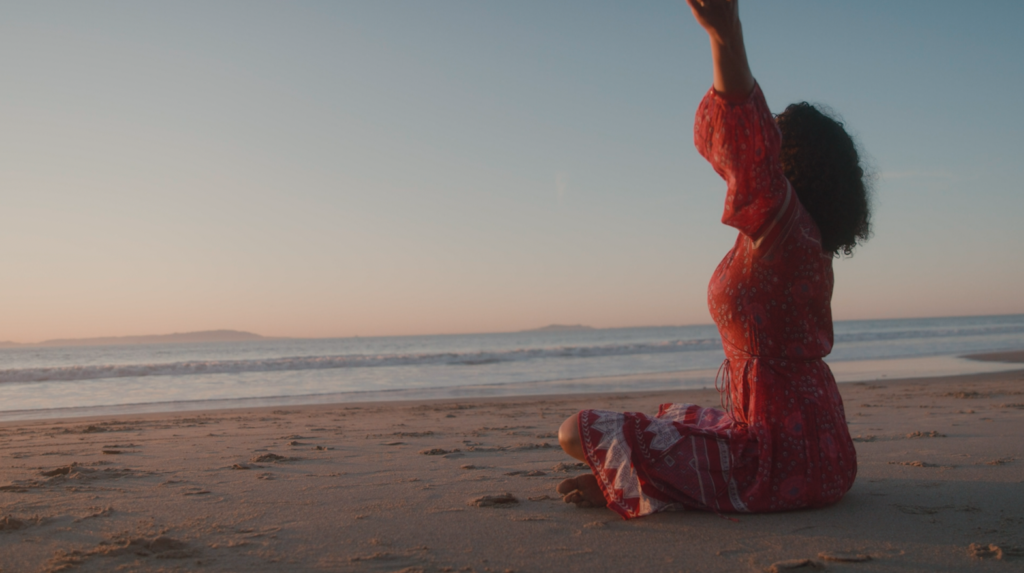
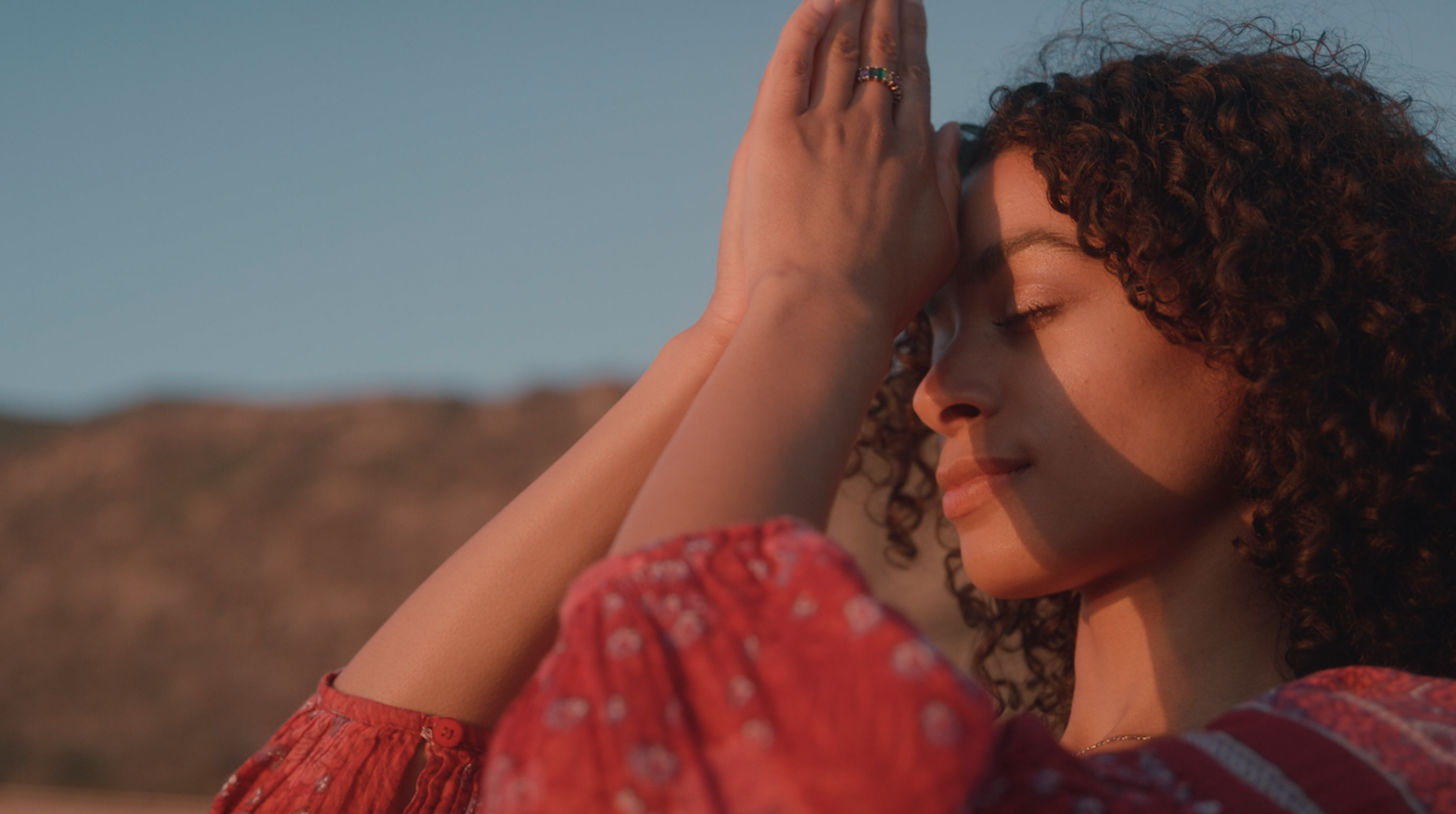
You should also always be hunting for interesting, unique angles and perspectives. Extreme closeups, top-down shots, shallow depth of field, dynamic camera motion, all of these things can quickly turn a boring scene into an exciting one.

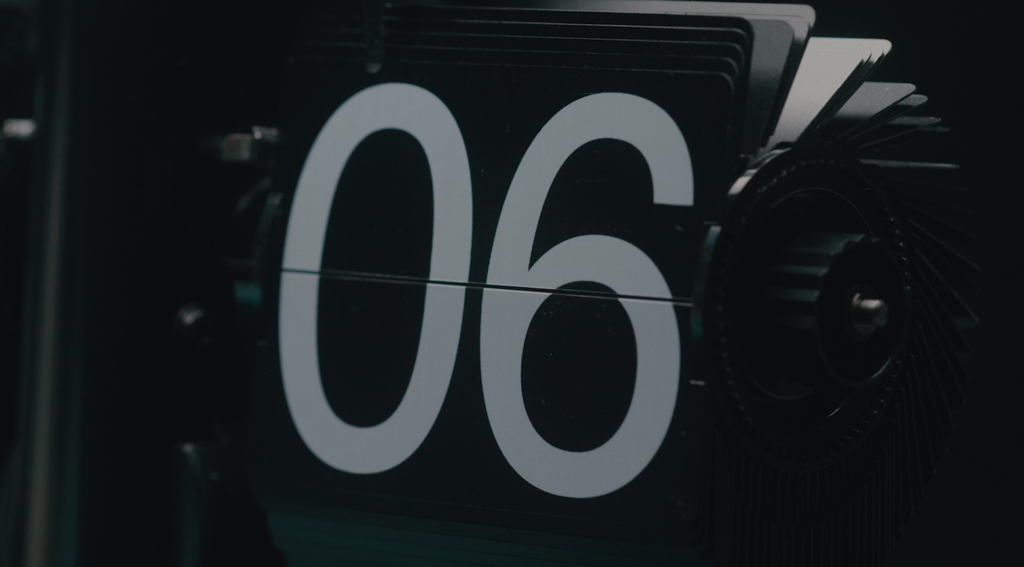
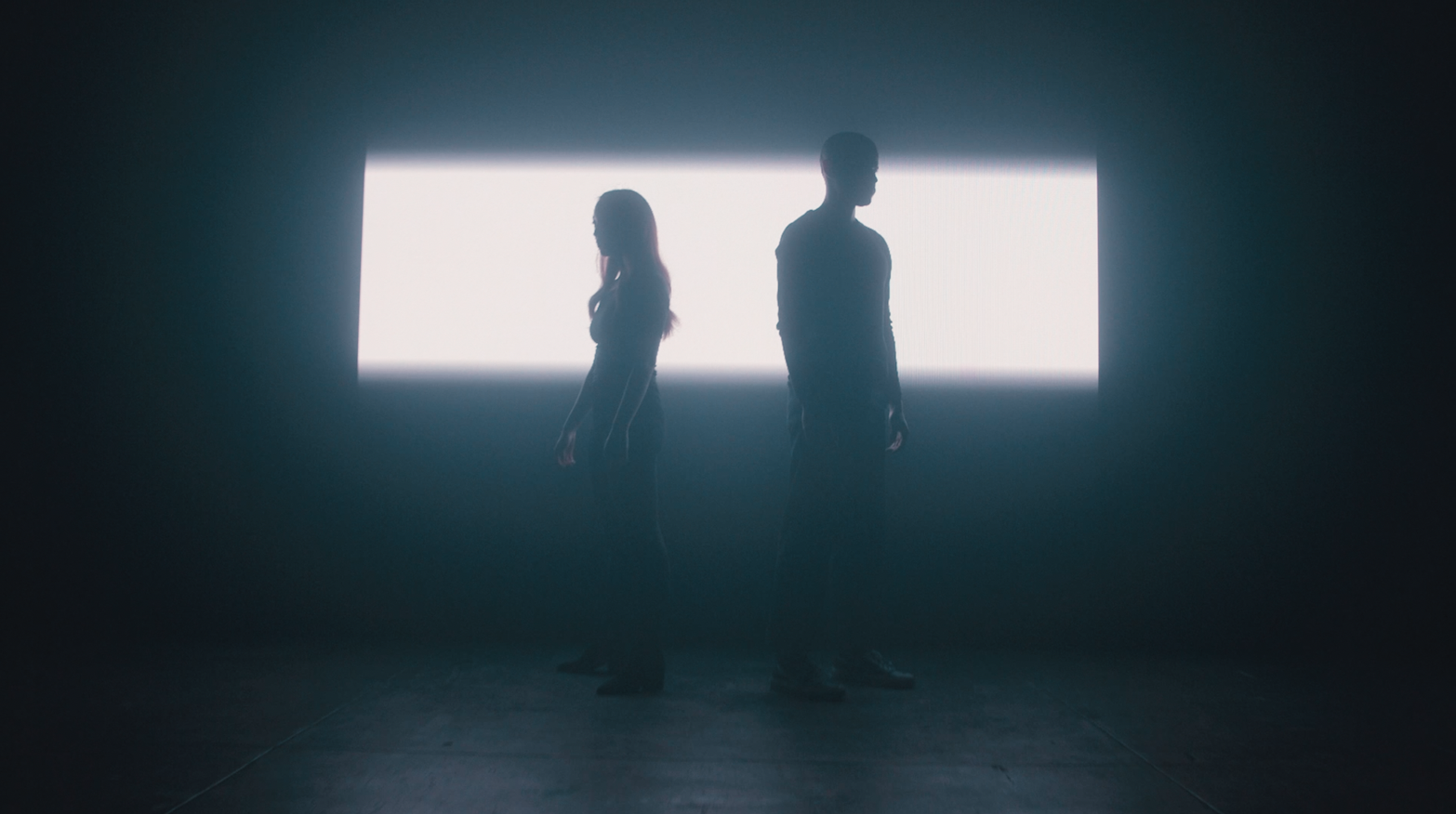
Odds are, you’ll only have a limited timeframe on set for B Roll, and you need to do everything you can to make the most of this part of the shoot.
This means filming as much content and camera angles as possible (close-up shots, cutaway shots, panning, primary footage, etc.), and not trying to be too selective with your shots or shot list.
I can’t tell you how many times a shot that seemed mediocre on set turned out to be an all-star in post-production.
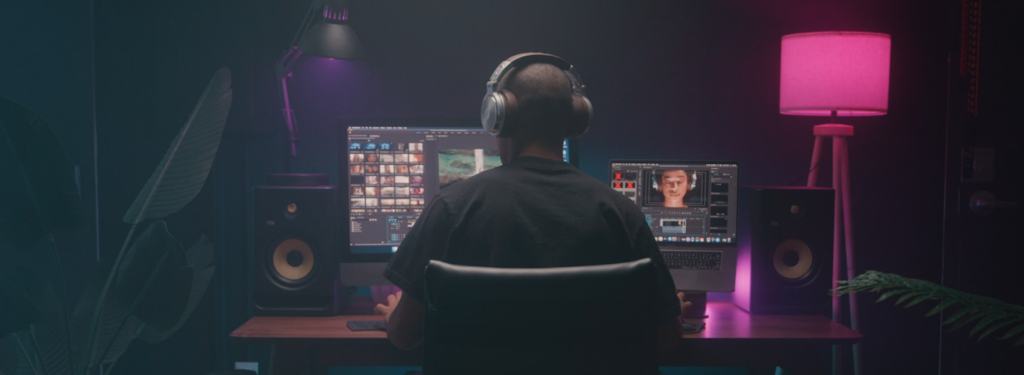
Especially if you’re filming for multiple deliverables, or if there’s a chance this footage will need to be repurposed in a different project down the road, you can never have too much B Roll available for video editing.
This can be done a lot easier if you have two cameras. Just be sure to designate certain focal lengths and angles for each shooter to avoid ending up with the same shots from both.
Good B Roll can also really liven up animations during the editing process.
Now is not the time to be picky, and storage is cheap. So shoot away!

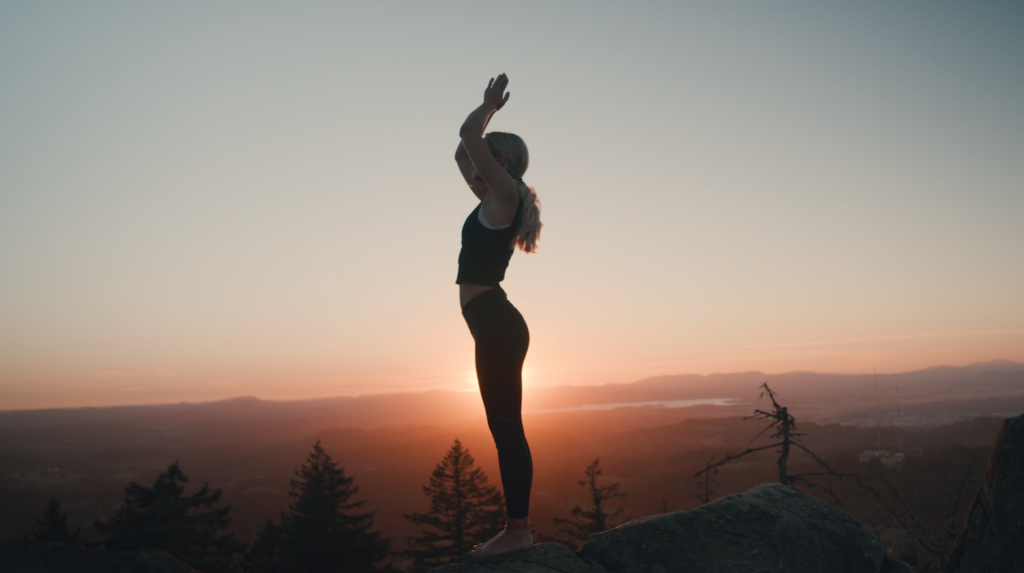
All too often, videos end up with boring, uninspiring B Roll footage to bridge the gaps.
But that doesn’t have to be the case, and these tips can help you turn any topic into a cinematic experience and use B Roll to your advantage.
Kevin Graham is the Music Director at Filmpac.

Want to make money selling footage through a major stock footage platform like Filmpac? This page will walk you through the processs.
Continue Reading
By far, the two most common frame rates in modern American video editing and production are 24fps and 29.97fps. Here's the difference.
Continue Reading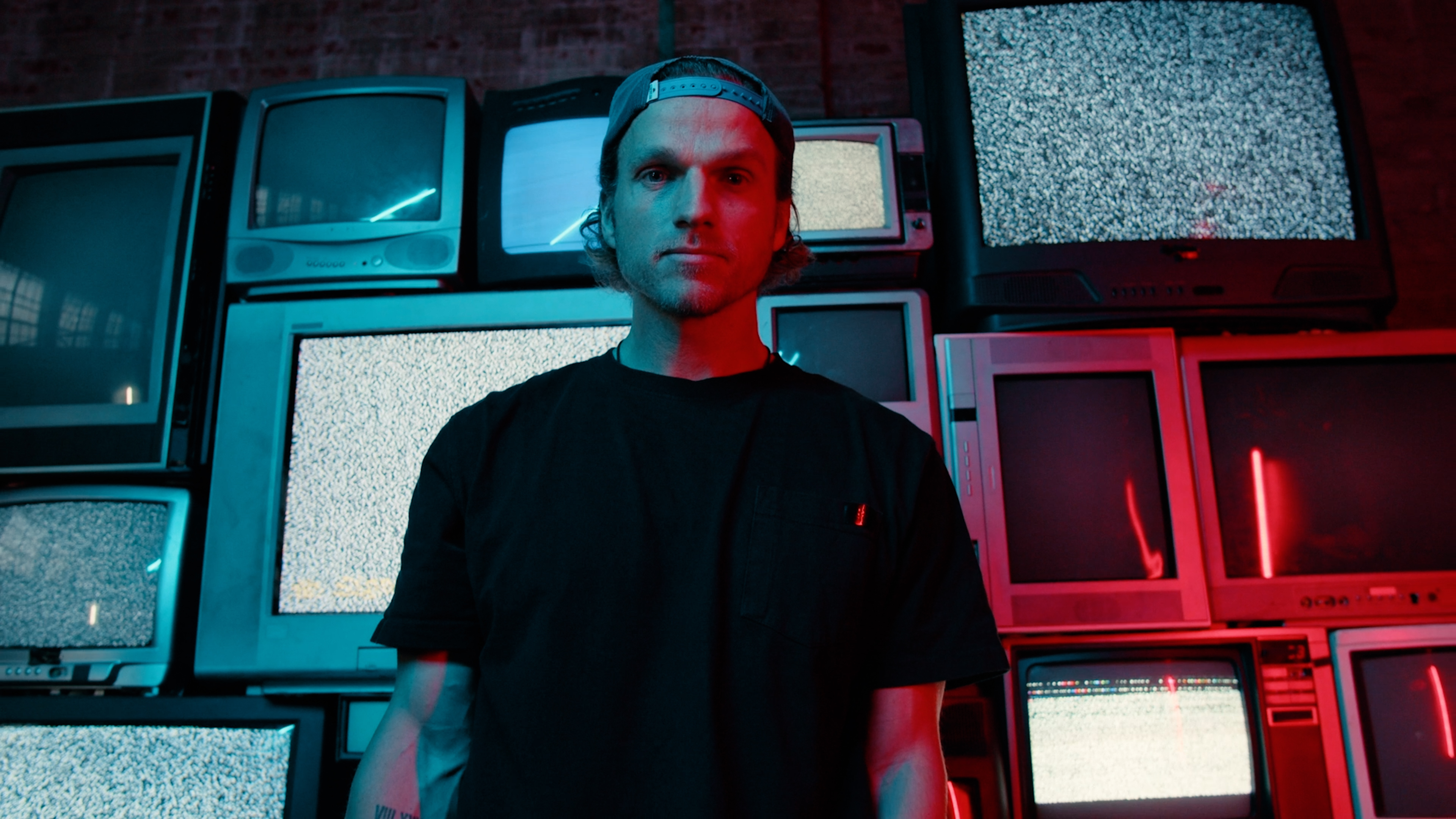
There are 5 main types of camera movement. We break each of them down and show you how they can help you tell your stories better.
Continue Reading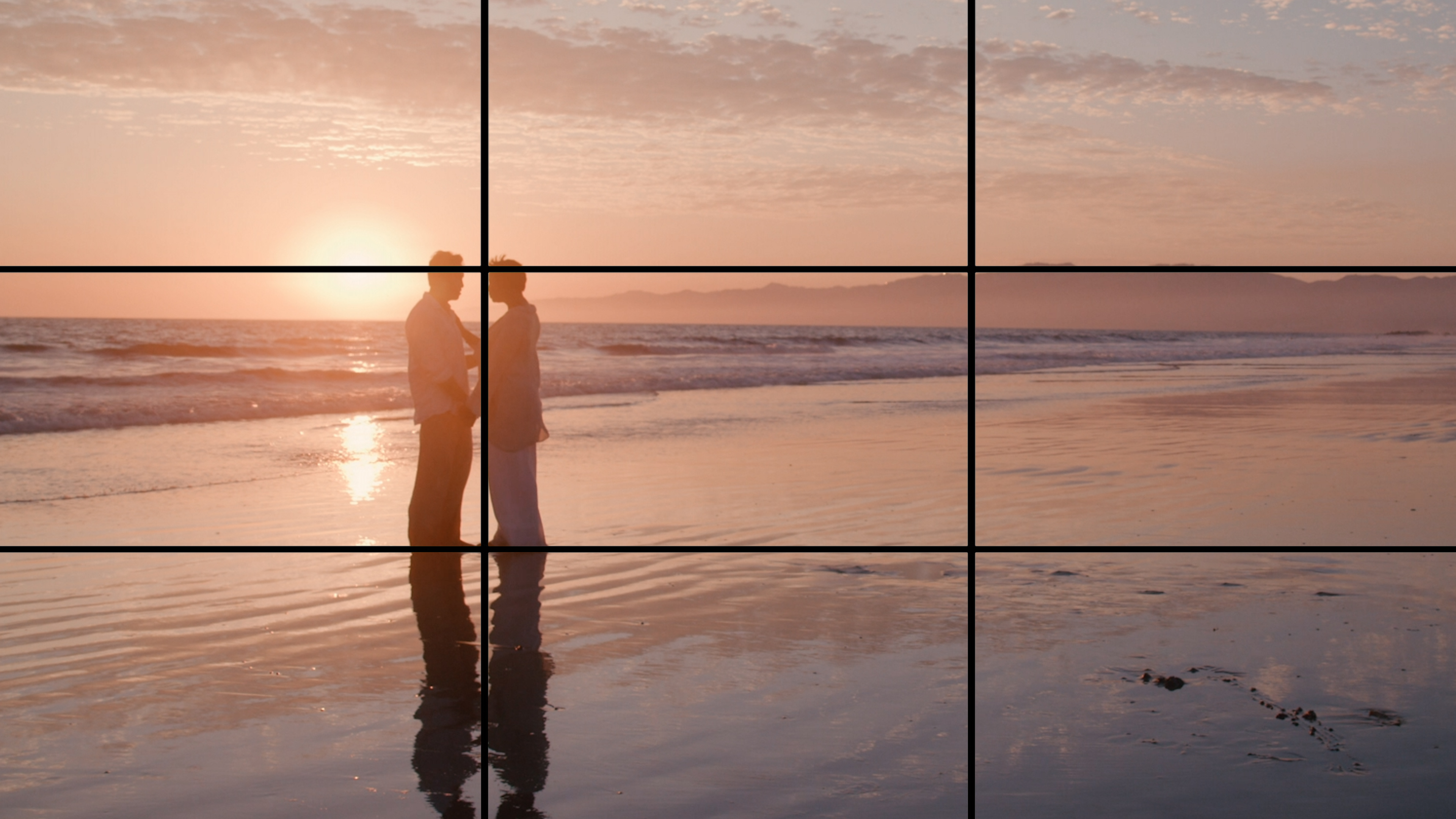
If you’re a photographer or filmmaker, you’ve likely heard of The Rule Of Thirds. here's a guide on how to apply it and when to break it.
Continue Reading
Filmpac’s newly-designed Project Feature is a powerful tool for collaborative video editing. Here’s a quick rundown of how it works.
Continue Reading

One of the most difficult parts of being a professional filmmaker is effectively managing and budgeting your time.
Continue Reading
Want to make money selling footage through a major stock footage platform like Filmpac? This page will walk you through the processs.
Continue Reading